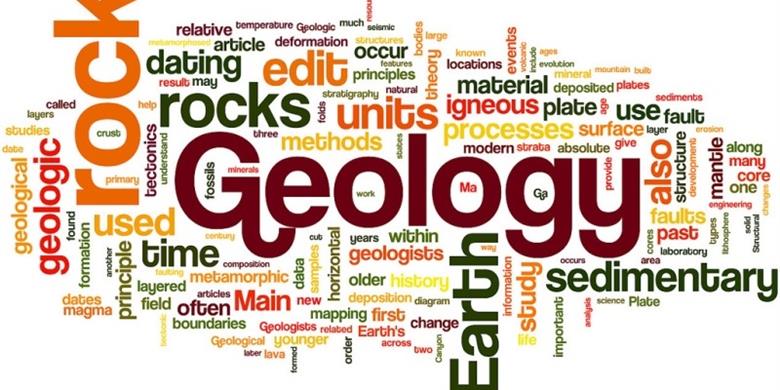Table of Contents
Planet Earth, or Third Rock From the Sun
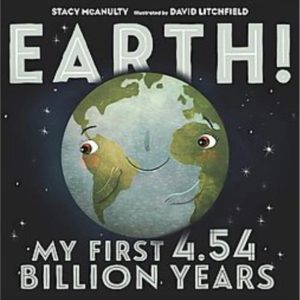
|
By Stacy McAnulty, Earth: My First 4.54 Billion Years (Henry Holt, 2017) is a picture book history of the Earth, told from the point of view of the planet itself. For ages 4-8. |
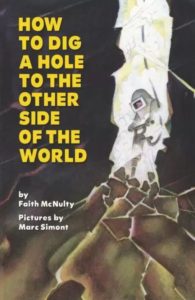
|
Faith McNulty’s How to Dig a Hole to the Other Side of the World (HarperCollins, 1990) begins “Find a soft place. Take a shovel and start to dig a hole.” If you dig your hole in Africa, you might find diamonds; in other places, gold, silver, coal, or dinosaur bones. A fascinating account of a little kid’s 8000-mile -long journey through the earth. Will make everybody want to dig a hole. For ages 4-8. |
| Check out the Antipodes Map to see just where you’d come out if you managed to dig a hole to the other side of the world. | |
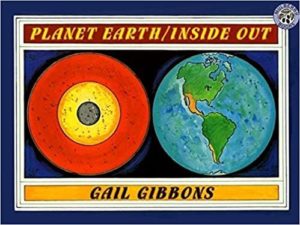
|
Gail Gibbons’s Planet Earth/Inside Out (HarperCollins, 1997) is a brightly colored picture-book survey of geology, covering the formation and structure of the earth, volcanoes, earthquakes, and the three major types of rocks. A simple straightforward introduction for ages 5-8. |
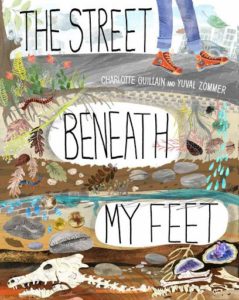
|
Charlotte Guillain’s The Street Beneath My Feet (words & pictures, 2017) is a fascinating journey underground through tunnels and pipes, animal burrows, and rock layers, down to the earth’s molten core. For ages 5-9.
For young engineers, pair this one with David Macaulay’s Underground (Houghton Mifflin Harcourt, 1983), an exquisitely illustrated account of the vast underground systems that support a city. |
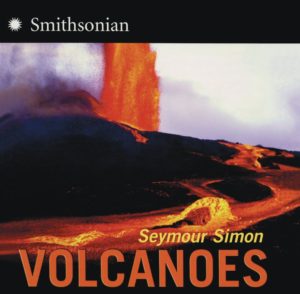
|
Seymour Simon’s Volcanoes (HarperCollins, 1996) covers the origin of volcanoes and famous volcanoes worldwide with beautiful color photographs and diagrams. For ages 6-10. |
| In the same format, see Seymour Simon’s Earthquakes (HarperCollins, 2006). | |
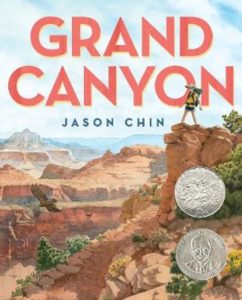
|
Jason Chin’s Grand Canyon (Roaring Brook, 2017) covers the ecology, geology, and paleontology of the spectacular Grand Canyon, illustrated with great paintings and diagrams. For ages 7-12. |
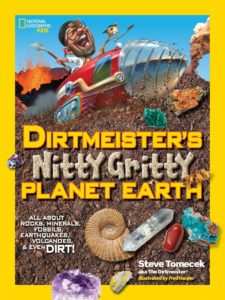
|
By Steve Tomecek, Dirtmeister’s Nitty Gritty Planet Earth (National Geographic, 2015) is part cartoon-illustrated graphic novel, part scientific explanation. A catchy introduction to rocks, minerals, fossils, and the workings of the earth for ages 8-12. |
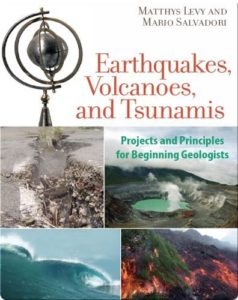
|
By Matthys Levy and Mario Salvadori, Earthquakes, Volcanoes, and Tsunamis (Chicago Review Press, 2009) explains the science behind earthquakes, volcanic eruptions, and tsunami waves, with helpful black-and-white illustrations, diagrams, and many projects, demonstrations, and experiments. For example, kids simulate the behavior of tectonic plates using a hardboiled egg, build a model seismograph, and demonstrate ground shocks with a Slinky. For ages 9-12. |
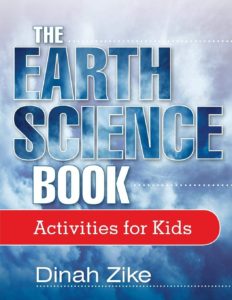
|
By Dinah Zikes, The Earth Science Book (John Wiley & Sons, 1993) is an informational activity book in seven chapters, variously covering the Earth, Matter, the Lithosphere (rocks), the Hydrosphere, the Atmosphere, Life, and Our Changing Earth. Included are clear explanations, many black-and-white illustrations and diagrams, fact boxes, and “Famous Faces” with brief biographies of important scientists. For ages 7-11. |
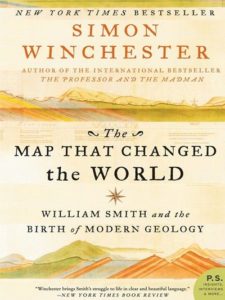
|
Simon Winchester’s The Map That Changed the World (Harper Perennial, 2009) is the story of William Smith – the canal digger who discovered stratigraphy – and the birth of modern geology. For teens and adults.
Also by Winchester, see A Crack in the Edge of the World (2013), the story of the Great California Earthquake of 1906; and Krakatoa (2005), the story of the phenomenal volcanic eruption of 1883. |
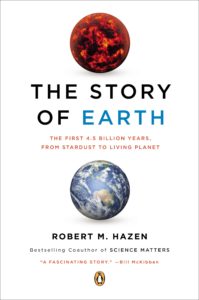
|
Robert M. Hazen’s The Story of Earth: The First 4.5 Billion Years, from Stardust to Living Planet (Penguin, 2013) is a well-written popular history of planet Earth, from the Big Bang on. For teens and adults. |
